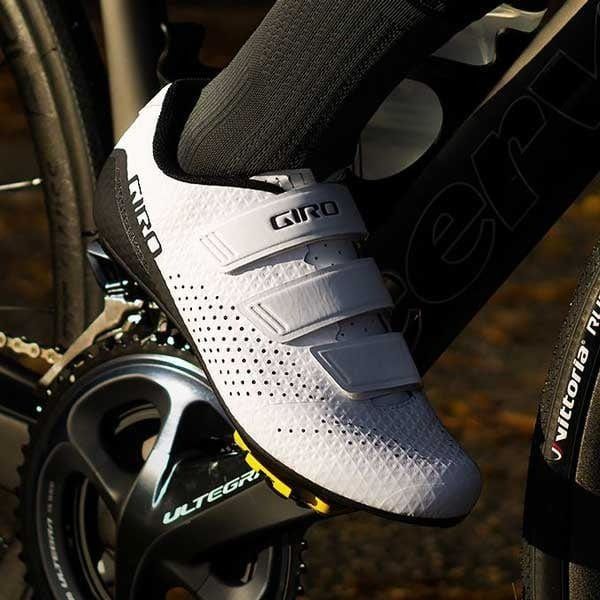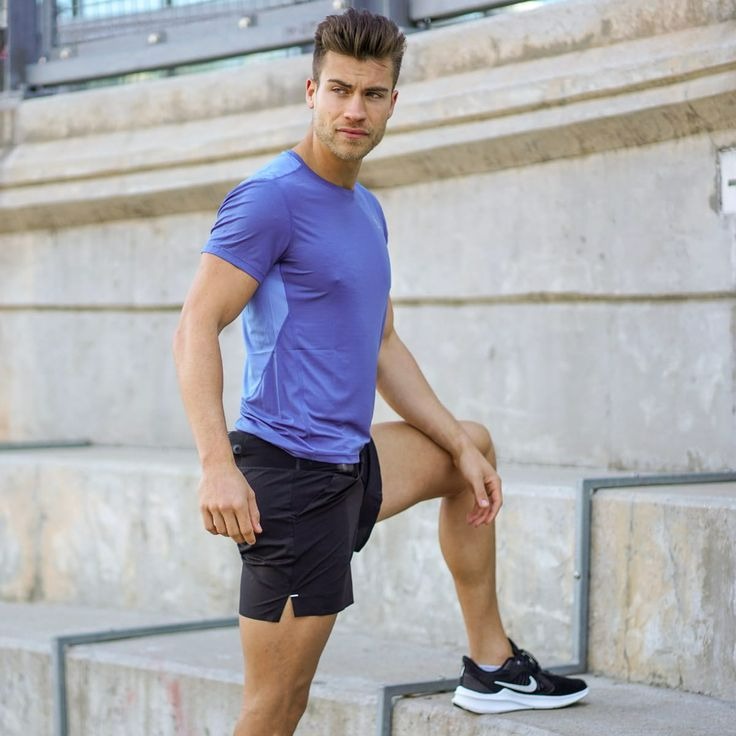The Importance of a Quality Cycling Jacket
A good cycling jacket is vital for any rider. It serves several essential functions that can greatly enhance your cycling experience. The right jacket will protect you from the elements, ensuring you stay warm and dry, no matter the weather. This is crucial because weather conditions can change rapidly, and being unprepared can lead to discomfort or even health risks.
Moreover, a quality cycling jacket is designed to be aerodynamic, helping to reduce wind resistance. This can be beneficial for both casual riders and those who cycle competitively. Less drag means you can preserve energy and improve your riding efficiency.
Safety is another key aspect where a cycling jacket plays a critical role. Many are equipped with reflective materials or high-visibility colors. These features help you remain visible to motorists and other cyclists, especially in low-light conditions or at night.
Comfort is also a consideration. A jacket that fits well can prevent chafing and ensure full range of motion as you ride. Jackets with adjustable features, like cuffs and hems, allow you to customize the fit according to your needs.
When choosing a cycling jacket, durability is important as well. A well-made jacket can withstand the rigors of regular use and provide protection season after season. Ultimately, investing in a quality cycling jacket means investing in your comfort, performance, and safety as a cyclist.
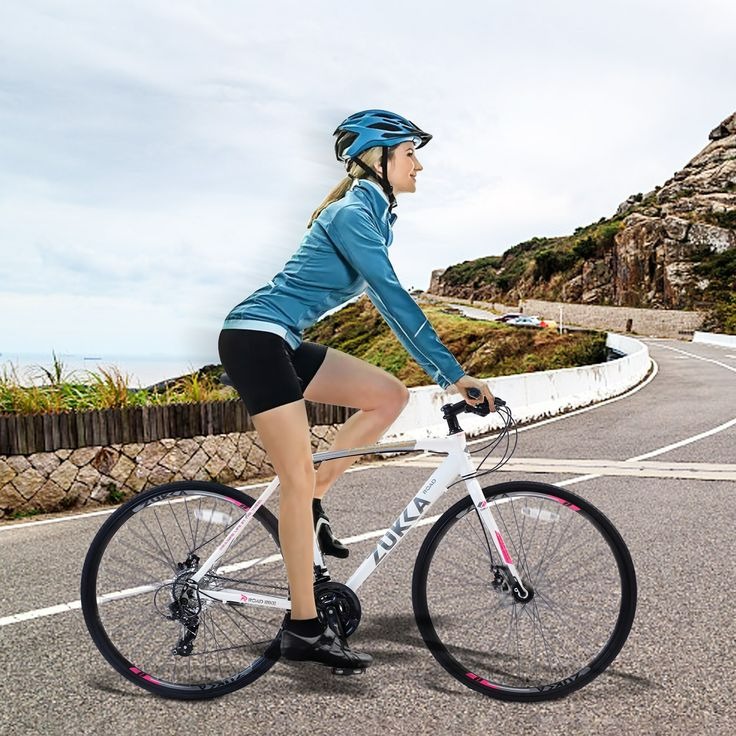
Key Features to Look for in a Cycling Jacket
When shopping for a cycling jacket, there are several key features that should guide your choice. These features not only guarantee comfort but also enhance safety and functionality during your rides.
Weatherproofing and Breathability
One crucial quality is weatherproofing. A top-notch cycling jacket should ward off rain and wind. Look for waterproof or water-resistant materials. However, breathability is equally important. Jackets with ventilation features allow sweat to evaporate, preventing overheating and discomfort.
High-Visibility Elements for Safety
Safety is non-negotiable. Opt for jackets with high-visibility colors or reflective strips. These details make you stand out in dim light or during night rides. They alert motorists and others of your presence on the road, reducing the risk of accidents.
Pockets and Storage Options
Lastly, consider pockets and storage. Ample pocket space lets you keep essentials within reach. This includes snacks, tools, or electronics. Look for jackets with secure zipper pockets that will keep your items safe, even throughout rigorous rides.
Different Types of Cycling Jackets
Cycling jackets come in various types, each designed for specific weather conditions. Understanding the distinctions will help you make an informed decision suited to your needs.
Windbreakers for Mild Conditions
Windbreakers are ideal for mild weather. They offer protection against light wind and are usually lightweight and compact. These jackets typically have a relaxed fit, allowing for easy movement. Look for windbreakers with mesh panels to enhance breathability. Choose a cycling jacket with a windproof front and a breathable back for the best of both worlds.
Waterproof Jackets for Rainy Days
For rainy days, waterproof jackets are a must. These cycling jackets ensure you stay dry with materials like Gore-Tex or coated nylons. They often come with sealed seams and waterproof zippers to prevent water ingress. Good waterproof jackets also provide ventilation to manage internal moisture without letting rain in.
Thermal Jackets for Cold Weather
When temperatures drop, a thermal cycling jacket is your best friend. These jackets are insulated to retain body heat, keeping you warm in cold conditions. They often feature soft, fleece-lined interiors for added comfort. A high collar and extended back can offer extra protection against the cold. Remember to balance insulation with breathability to avoid overheating.
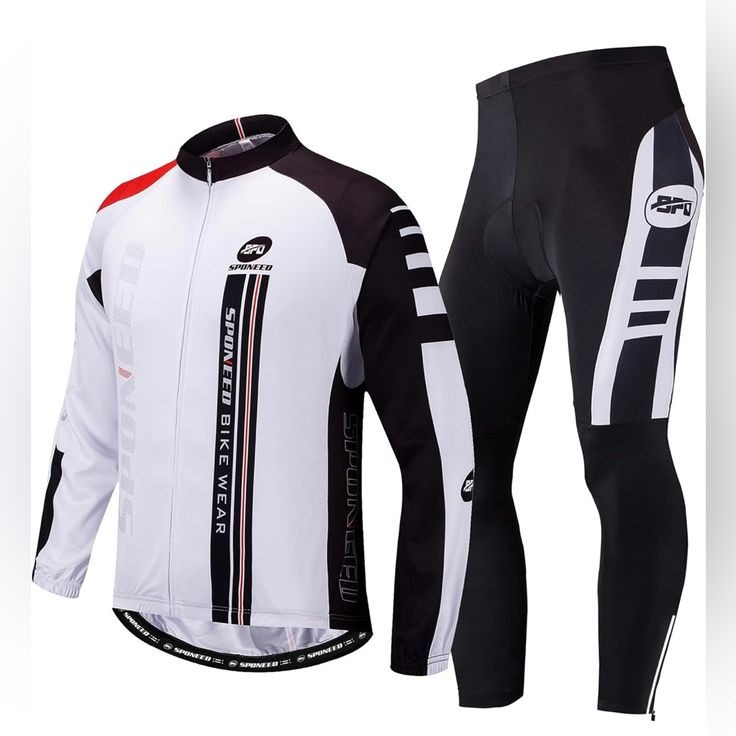
How to Choose the Right Size and Fit
Choosing the right size and fit for your cycling jacket is vital. A well-fitting jacket can enhance your ride and improve comfort. Here’s how to ensure you select the right size and fit for your cycling needs:
- Measure Up – Start by measuring your chest, waist, and hips. Use these measurements against the manufacturer’s size chart.
- Look for Adjustability – Seek jackets with adjustable waists, cuffs, and collars. These options help tailor the fit to your body.
- Allow for Layers – Remember that you might wear layers underneath. A jacket that’s too tight won’t allow for this.
- Check the Length – The jacket should be long enough at the back to cover you while riding.
- Test the Fit – If possible, try it on. Move around to check the range of motion and comfort.
- Read Reviews – Look for feedback on sizing from other cyclists who have purchased the jacket.
- Consider the Cut – Road cyclists may prefer a tighter fit for aerodynamics, while mountain bikers may want more room.
- Understand the Style – Keep in mind that different styles fit differently. A windbreaker may fit looser than a thermal jacket.
Selecting the right size and fit means you’ll have a cycling jacket that works with you, not against you, as you pedal through various conditions. Comfort, mobility, and functionality are key to a great cycling experience. Take the time to ensure the jacket you choose ticks all these boxes.
Essential Maintenance and Care Tips
Proper care will extend the life of your cycling jacket, ensuring it continues to perform. Follow these guidelines to maintain your jacket in top condition:
- Follow Washing Instructions – Check the label inside your jacket. Follow the manufacturer’s recommendations for washing.
- Use Gentle Detergents – Harsh chemicals can damage waterproof coatings. Use mild detergents designed for technical fabrics.
- Avoid Fabric Softeners – They can degrade the material’s performance, especially its breathability and waterproofing.
- Hand Wash If Possible – This is often gentler than machine washing. If machine washing, use a gentle cycle.
- Air Dry – High heat from tumble dryers can harm the jacket’s fabric and features. Hang or lay it flat to air dry instead.
- Reproof When Needed – Water-resistant treatments wear off over time. Use a reproofing product to maintain weatherproofing.
- Store Properly – When not in use, keep your cycling jacket in a cool, dry place away from direct sunlight.
- Regular Inspection – Check for any tears or wear. Repair them promptly to avoid further damage.
Careful maintenance ensures your cycling jacket stays functional and protective, no matter the weather you ride in.
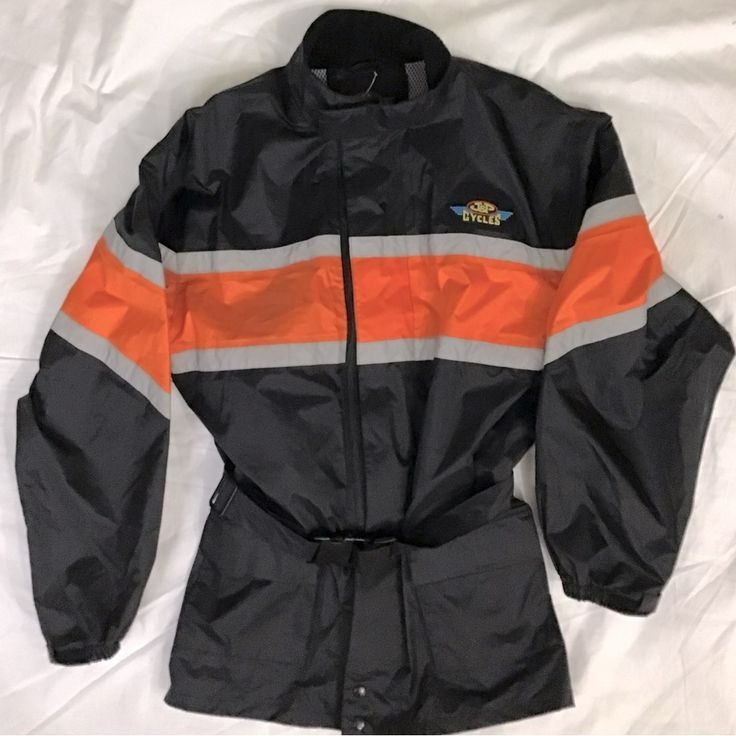
Recommended Brands and Models
When in the market for a cycling jacket, brand and model can make a big difference. Here are some top recommendations to consider.
High-Performance Options
Seek brands known for quality. Castelli, Gore Wear, and Rapha offer high-performance jackets. Their products excel in weatherproofing and breathability. These options might come at a higher price but are worth the investment for serious cyclists.
Budget-Friendly Choices
For those on a budget, brands like Pearl Izumi and REI Co-op provide reliable jackets. These may lack some advanced features but still offer good protection and comfort.
Innovative Technologies
Look into brands that innovate. For example, Assos and Arc’teryx use unique materials and designs. They aim to enhance comfort and performance, from reflective details to ergonomic fits.
When choosing a cycling jacket, consider your specific needs. Factor in the types of rides you often take and the usual weather challenges you face. Always read reviews and possibly test different jackets to find your perfect match. Remember that the right cycling jacket can greatly improve your riding experience.
Integrating Cycling Jackets into Your Riding Routine
A cycling jacket should be part of your core gear. Here’s how to make it a routine item:
Dress for the Weather
Always check the forecast before heading out. Choose a jacket that matches the day’s conditions. Have a windbreaker, waterproof, and thermal option on hand for quick adaptation.
Make It Accessible
Keep your cycling jacket close to your bike or door. This makes it easy to grab and go, ensuring you never leave without it.
Pack Smart
If you expect changing weather, fold your lightweight jacket and tuck it into your bike bag. This way, you’re ready for windy or rainy surprises.
Reflective Gear at Night
For night rides, pick a jacket with reflective elements. This is a simple step that boosts safety significantly. Ensure other road users can see you clearly.
Regular Care Checks
After every ride, check your jacket. Look for mud, tears, or worn areas. Clean and repair as needed to keep it in top shape.
Layer Up
Learn the art of layering. On colder days, combine your jacket with a fleece or base layer. This keeps you warm and allows easy adjustments.
By making your cycling jacket an automatic part of your routine, you ensure comfort, safety, and readiness for all your rides. Keep it within reach, and you’ll find yourself enjoying the rides more, no matter the weather.
